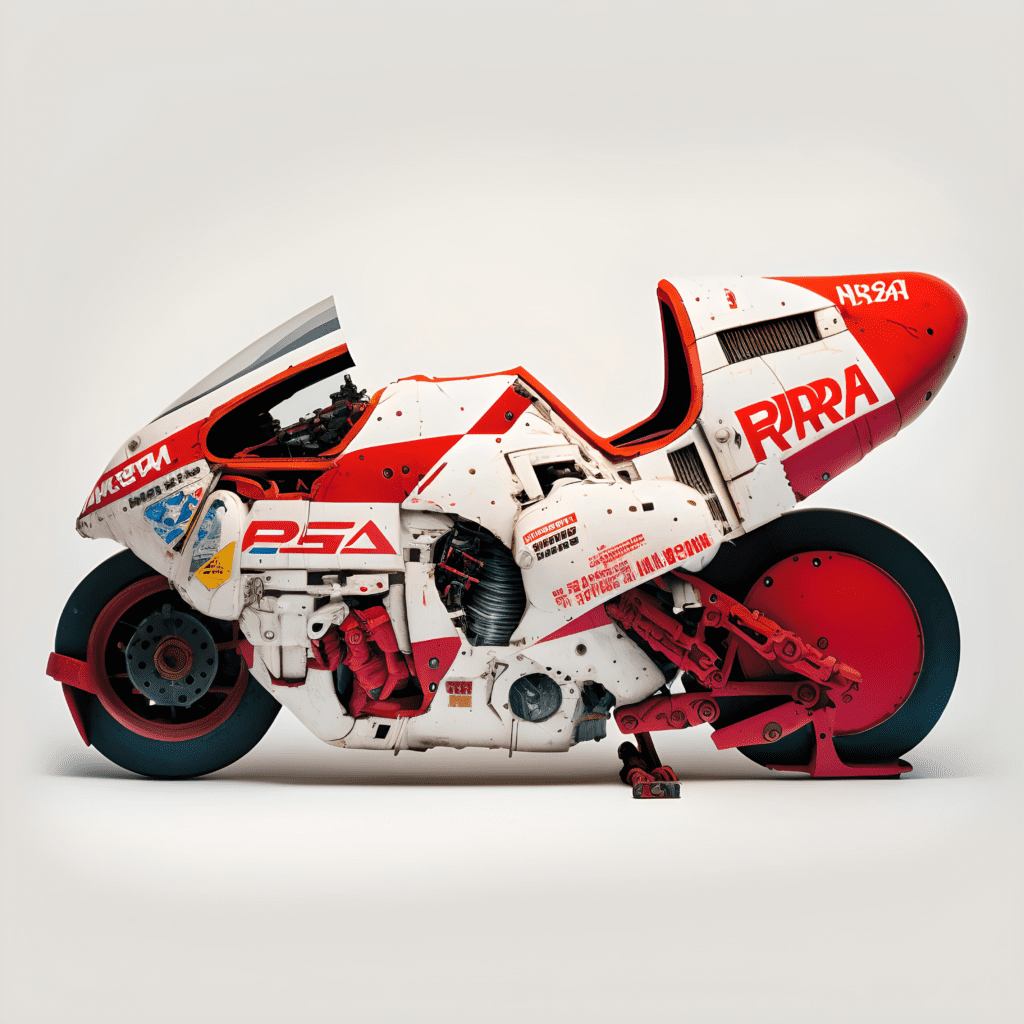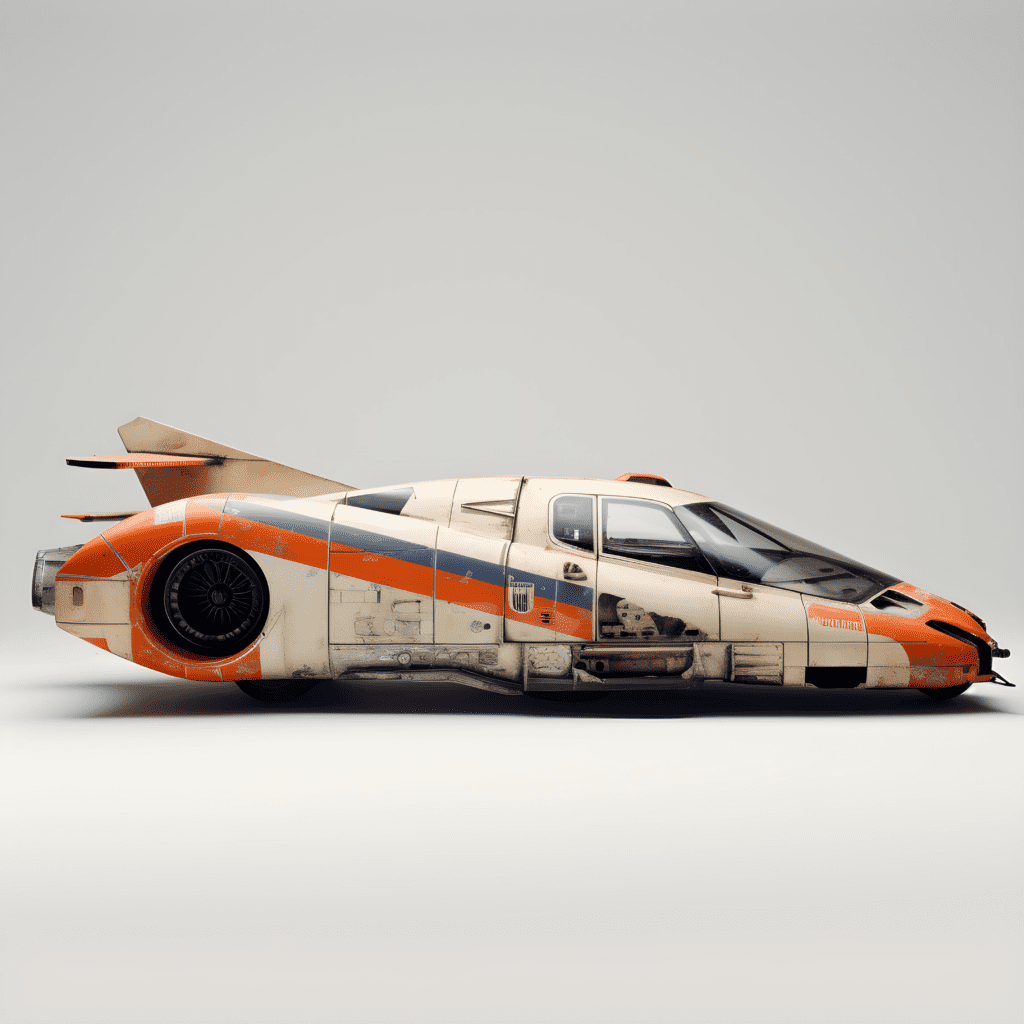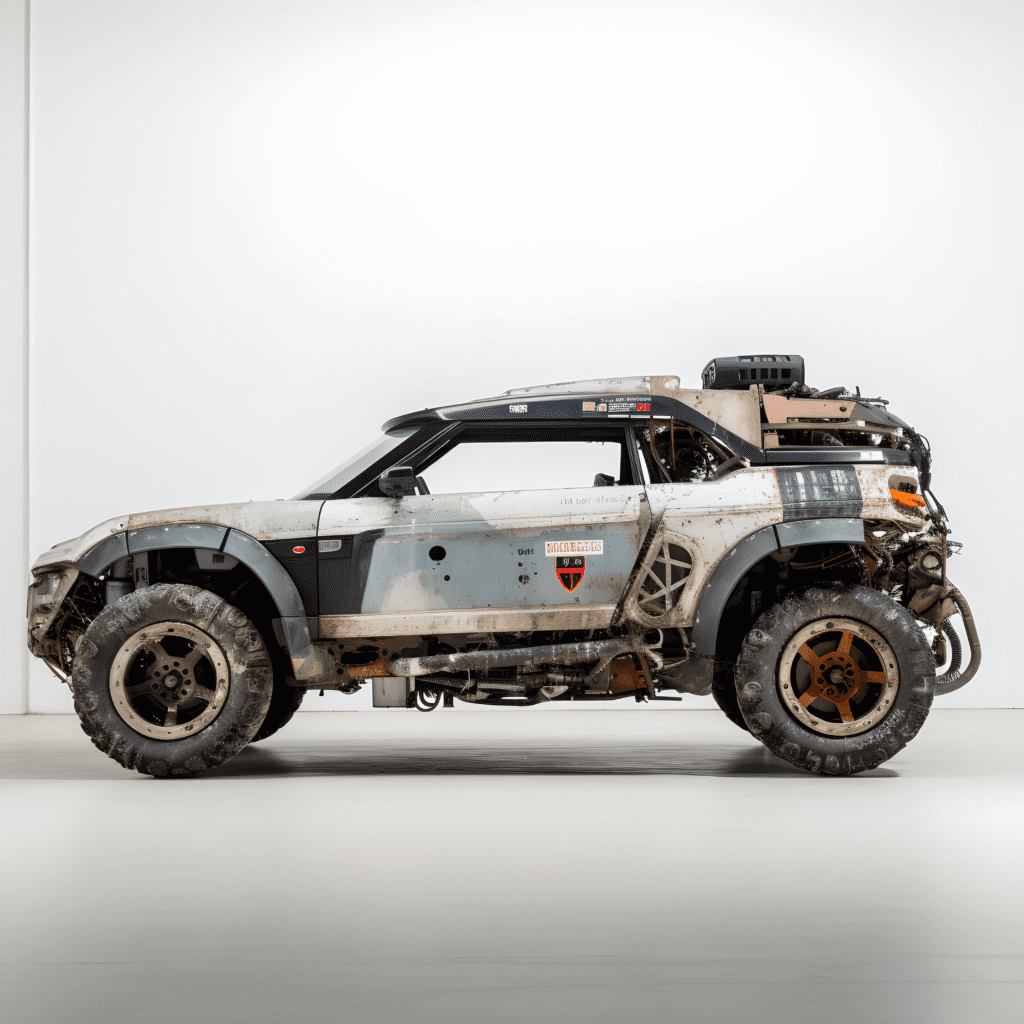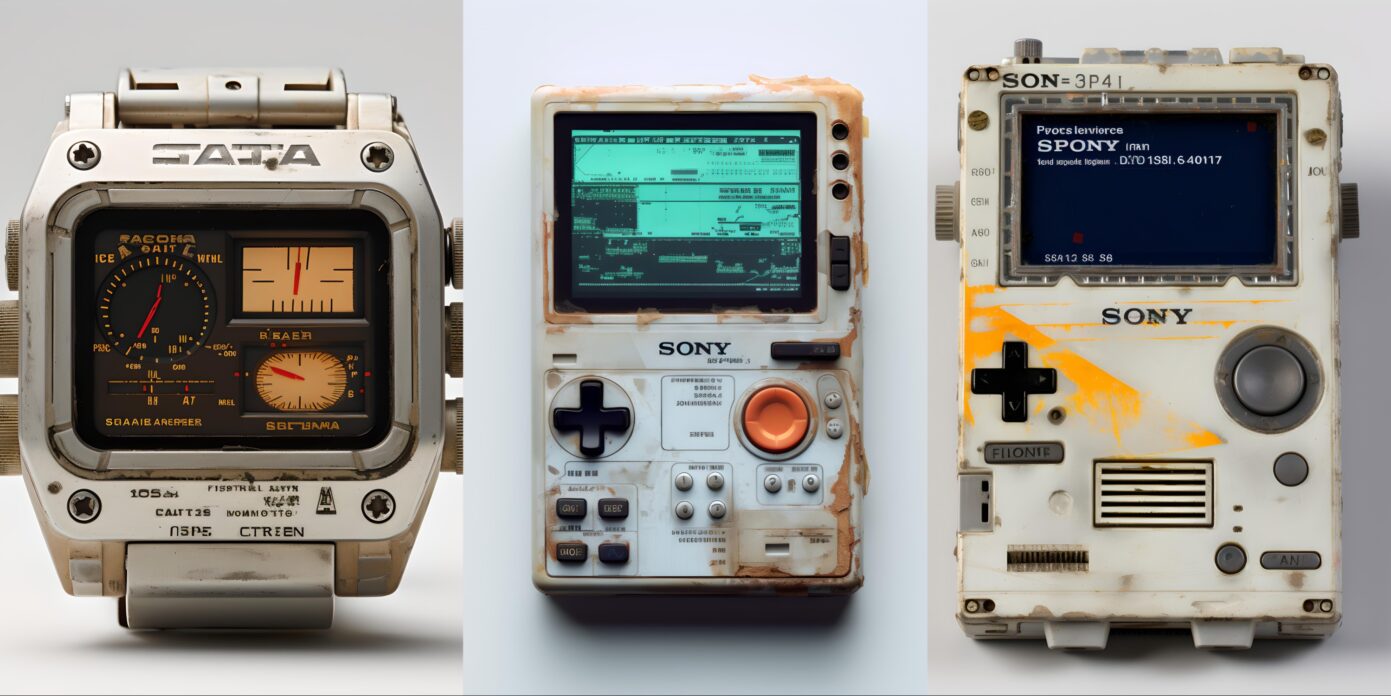Similar to Starfield‘s NASApunk, cassette futurism asks “What if the design styles of the 1970s to late 1990s were used with the technology we have today?”
It’s a question that the Instagram project @an_improbable_future aims to answer with their generated art pieces. And, looking at these stylish what-ifs of yesteryear, it’s hard not to wish that a few designs from this improbable future would make the jump into reality.
To learn more, I asked An Improbable Future about their inspiration, process, and dreams for the project’s future.
What did An Improbable Future start with?
I’ve been a professional industrial designer for the past two decades. At the beginning, I set up AIF as a way to learn generative AI and explore how it could be used for consumer products and transportation designs. I wanted to see how far I could push the software and to understand if it was something I could use in my own design process.
How did it evolve from there?
As generative AI has matured, I’ve started to experiment with more complex designs that play with lighting, materiality and deterioration to suggest something futuristic, otherworldly and alien. I want to give the impression that these are future, found artefacts, presented in a museum – so each element of wear and tear is important to suggest the history of the object and how it might have been used.

What’s your process like today?
I use an iPad to generate all my images in Midjourney – I typically go through a ton of iterations and variations before reviewing and downselecting to anything worth sharing. I usually generate hundreds of images within a theme before landing on something I like. I use a standard set of prompts each time for visual consistency, and modify certain key words to explore different variations on a theme. There’s no post processing in my images – one of my goals is to see how far I can push generative AI without additional image editing software.
What’s a challenge with generative art that most people don’t know about?
Making a compelling image with a specific look and feel is very, very tricky. The general assumption is that generative art is easy to make – dialling in Midjourney to visualise something intentional and high quality is super challenging. It takes a lot of patience, and trial and error to get it to generate anything meaningful.
What about a unique pleasure?
I try not to be super prescriptive with my prompts – I like to leave room for the AI to make some interpretation. A lot of times the results are expected and follow a set, visual style. Sometimes however, it will produce something completely random and unexpected. In a lot of ways, this is generative AI’s biggest strength: the ability to generate images that are entirely unique and surprising – unlike anything seen before.

What have been the biggest inspirations for your work?
I grew up in the 80’s so I heavily look to that era of technology, movies, culture, gaming and animation for inspiration. The consumer electronics and transportation from that decade have a hi-tech aesthetic that I love to build from and merge with modern technology and brands. Tech from the 80’s is very tactical and distinct. There’s a physical personality that isn’t present in touchscreen devices.
Have you flirted with other projects, other aesthetics?
I’ve toyed around with the idea of making physical models of some of the devices. No time these days unfortunately.
What’s next for An Improbable Future?
I’ll keep experimenting and keep exploring. Who knows? Maybe I’ll get around to making one of these devices.
Thanks for the interview!
Besides their Instagram, you can find more from An Improbable Future on Twitter, and on their site. You can also enrol in their online classes “The An Improbable Future Cookbook” if you’re interested in learning to learn how to use MidJourney to make your own inventive creations.


